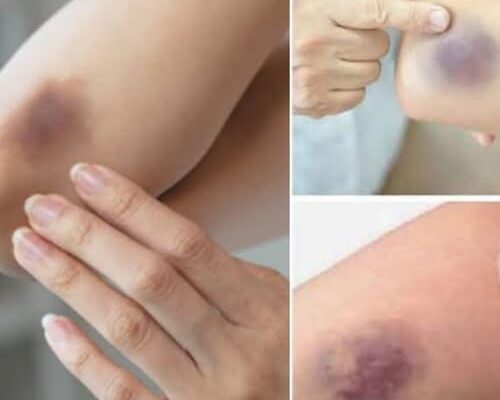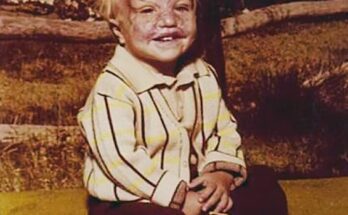Bruising, or ecchymosis, occurs when small blood vessels under the skin break, causing blood to pool beneath the surface.
While bruises are most often the result of minor bumps or injuries, there are several reasons why some people may find themselves bruising more easily than others. In healthy individuals, a bruise occurs when small blood vessels beneath the skin are damaged and blood leaks into the surrounding tissue. However, certain health conditions and lifestyle factors can make the skin and blood vessels more vulnerable. For example, vitamin deficiencies—particularly a lack of Vitamin C or Vitamin K—may weaken blood vessels and slow down the body’s ability to heal, leading to more noticeable or persistent bruises. Similarly, a deficiency in iron or other nutrients that affect blood clotting can also contribute.
In addition to nutritional factors, medications such as blood thinners, aspirin, or corticosteroids can increase the likelihood of bruising by interfering with normal clotting processes. Age is another key factor, as older adults naturally experience thinner skin and more fragile blood vessels, making bruises appear more easily and last longer. Sun damage over time can also weaken skin tissue and capillaries, while chronic health conditions—such as diabetes, liver disease, or blood disorders like hemophilia—may further increase susceptibility to unexplained bruising.
When it comes to treatment, the RICE method (Rest, Ice, Compression, Elevation) remains one of the most effective first-line approaches to reduce pain, swelling, and discoloration. Applying ice packs in short intervals during the first 24–48 hours can help limit the spread of blood beneath the skin, while keeping the injured area elevated may reduce swelling. Over-the-counter pain relievers, such as acetaminophen, may help manage discomfort, but aspirin or ibuprofen should be used cautiously since they can affect clotting. Gentle massage or applying warm compresses after the initial 48 hours can also improve circulation and speed up healing.
Prevention is equally important. Wearing protective gear during physical activity, arranging safe environments to prevent falls, and ensuring proper intake of vitamins and minerals through diet or supplements can all help minimize the occurrence of bruises. For individuals taking medications that increase bleeding risk, consulting a healthcare provider about dosage or alternative treatments may be advisable. Most bruises are harmless and heal within one to two weeks, but if bruising is unusually frequent, unusually large, occurs without obvious cause, or is accompanied by other symptoms such as fatigue, bleeding gums, or nosebleeds, it is important to seek medical attention. These could be signs of an underlying medical condition that requires professional evaluation and treatment.



